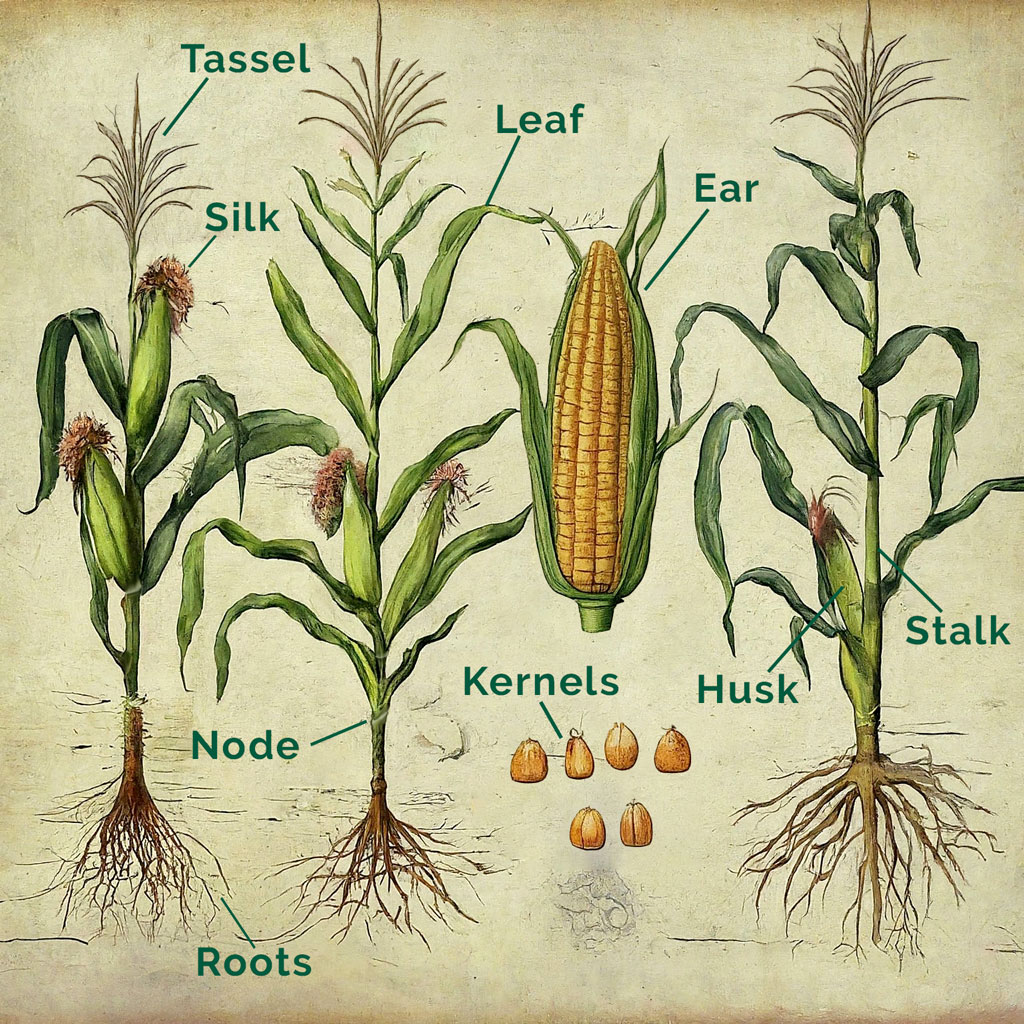In much of the country, a blanket of snow is a welcome, picturesque site. Snow-covered hills and ice glistening on tree branches does make for a lovely photo op, but it also can make for dangerous or even deadly driving conditions.
Fortunately, a fleet of city, county and state road crews are armed with a variety of equipment and products to keep the roadways clear and free of ice so that traffic can move smoothly. And, as more municipalities and homeowners are concerned with potential side effects of traditional methods, some of them are turning to deicers and snow melts that utilize compounds surprisingly made from corn.
Considered less corrosive than traditional deicers, additives made using corn and other organic materials are increasingly being incorporated into traditional salt-based deicers and snowmelts.
What Is Used to Melt Ice on Roads in Winter
Cleaning roads during snowy, icy winter weather involves two key components. First, crews use plows or other heavy equipment to remove piles and drifts of snow on the roadway and scrape off as much ice and snow as possible from the surface of the road. Second, they apply a salt-based brine to melt the ice on the road surface and help vehicles get traction on their tires. Some municipalities apply the brine before the storm to help prevent ice from forming, while others also spread sand to provide traction in problem areas.
Though recipes vary, the salt-based brine is often made primarily of sodium chloride, calcium chloride or magnesium chloride. Sometimes additional organic substances are added to help the solution stick to the road or reduce the overall salt load.
While salt-based products are widely used and are effective deicers under many conditions, they also damage the road surface and can corrode vehicles and steel infrastructure such as bridges. Increasingly, some officials have expressed concern about the effects of these purely salt-based products on nearby waterways and vegetation. That’s where corn comes in.
Does Corn Melt Snow and Ice
While a single kernel of corn does not melt ice on its own, products made from corn are already used in some deicers and research shows potential for more use.
One product on the market, Ice Ban, is made using residue from the wet milling of corn and alcohol production. It has already been tried in several states, including in the Midwest. Road crews in Missouri reported the product worked 25 percent better than other treatments, especially in colder conditions.
A 2021 study of the effectiveness of corn-based additives on roads found salt brine blends using additives made from corn juice and sugar alcohols performed well in melting ice and maintaining a low freezing point. In addition, some of the blends tested were less corrosive than the traditional salt brines.
That means mixing the corn-based compounds in with the salt-based deicers has the potential to reduce the overall salt load going on the road —and lessen the amount of damage to the road, bridges and vehicles.
As municipalities and consumers consider non-salt-based products for their winter ice-melting needs, additives and products made from corn and other crops are getting more attention as customers seek alternative ways to keep people traveling on the roads safe. It’s just one of the many unique uses for corn that make it such a versatile and important product.
Related Posts
Corn Farming: How Smart Farming Is Sustainable Farming
Sustainability is at the heart of modern agriculture and key to promoting responsible stewardship of natural resources to ensure the long-term viability of Nebraska’s family farms.One of the ways Nebraska’s corn farmers increase sustainability is [...]




